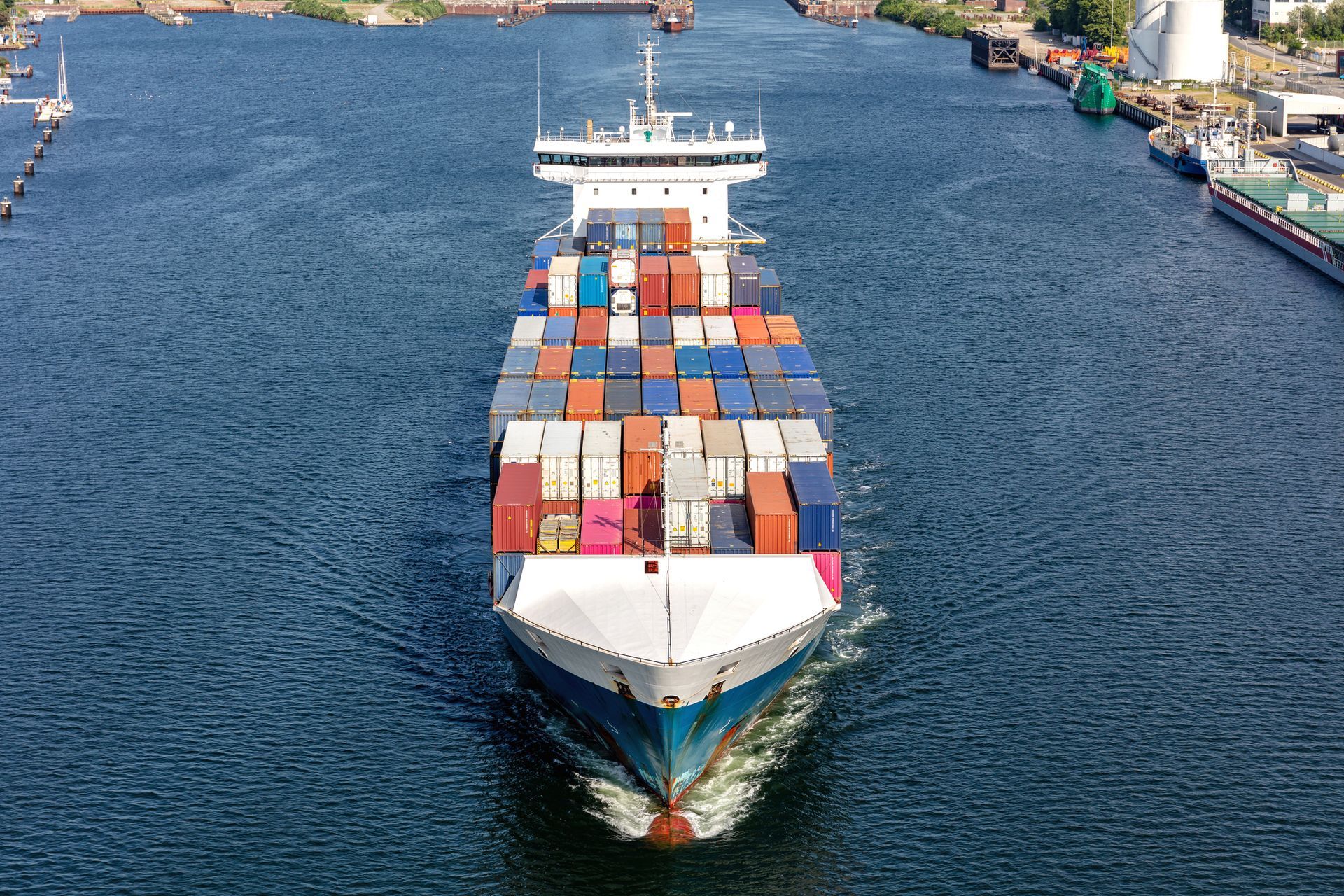
In the global maritime transport landscape, the ECA Reg Surcharge (or Emission Control Area Regulation Surcharge) has gained prominence as one of the main factors affecting logistics costs.
With growing concerns about the environment and public health, the International Maritime Organization (IMO) has established stricter regulations to control pollutant emissions from ships.
These regulations, applied in specific areas known as ECAs (Emission Control Areas), have resulted in the creation of a surcharge that directly affects maritime transport operations.
In this article, we will explore what the ECA Reg Surcharge is, why it is charged, and how it impacts logistics operations, especially for freight forwarders and customs brokers.
What is the ECA Reg Surcharge?
The ECA Reg Surcharge is a fee applied by shipping lines to cover additional costs associated with emission control regulations in designated ECAs.
These areas are established by the IMO and have stricter restrictions on the emissions of sulfur oxides (SOx), nitrogen oxides (NOx), and other particles from vessels.
The surcharge is a way to compensate for the high operating costs in these areas, which require the use of low-sulfur fuels or the installation of emission reduction equipment.
The ECA Reg Surcharge is a direct reflection of the global shift towards more sustainable practices in maritime transport.
With the implementation of IMO 2020, which reduced the sulfur limit in fuel from 3.5% to 0.5%, shipping companies had to adapt quickly, leading to additional costs that are passed on to customers through this surcharge.
Key Information About ECAs
ECAs are specific areas where emission regulations are stricter. Currently, there are three main ECAs:
- The North Sea
- The Baltic Sea
- The North American ECA
Each of these areas has distinct geographical and regulatory characteristics, but they all share the goal of reducing air pollution from ships.
The North Sea includes the North Sea and adjacent parts of the Atlantic Ocean, covering busy maritime routes between the UK, mainland Europe, and Scandinavia.
The Baltic Sea encompasses the entire Baltic region, including countries such as Sweden, Finland, Germany, Denmark, and Poland.
The North American ECA covers coastal areas up to 200 nautical miles off the east and west coasts of the US and Canada.
These areas were selected due to high maritime traffic and proximity to coastal populations, where the impact of pollutant emissions is more significant.
The enforcement of stricter regulations in these areas aims to protect public health and the environment but also leads to higher costs for shipping companies.
Why Is the Surcharge Applied?
The ECA Reg Surcharge is charged to compensate for the additional costs that shipping companies incur when operating within ECAs.
These costs are directly related to the requirement to use low-sulfur fuels or to install emission reduction equipment, such as exhaust gas cleaning systems (scrubbers).
Low-sulfur fuel, such as Marine Gas Oil (MGO), is significantly more expensive than Heavy Fuel Oil (HFO), which has traditionally been used in ships.
Additionally, the installation of scrubbers requires high initial investments and ongoing maintenance, further increasing operational costs.
IMO 2020 brought a major shift by reducing the sulfur content in fuel from 3.5% to 0.5%. This change was implemented to reduce sulfur oxide emissions, which are harmful to human health and the environment.
However, the transition to cleaner fuels and the installation of emission reduction equipment have led to higher costs, which are passed on to customers through the ECA Reg Surcharge.
How the Surcharge Impacts Shipments and Logistics Operations
The ECA Reg Surcharge has a significant impact on logistics operations, especially for freight forwarders and customs brokers.
Since this surcharge is applied to routes passing through ECAs, transport costs can vary depending on the chosen route. This requires freight forwarders and brokers to carefully analyze routes and applicable regulations to correctly calculate shipping costs.
Companies that invest in emission reduction technologies, such as scrubbers, may gain a competitive advantage as they can continue using HFO, which is cheaper, while others must use more expensive fuels like MGO.
This cost difference can influence customer decisions when selecting a shipping company.
Another key impact of the ECA Reg Surcharge is the need for more detailed logistics planning.
Companies must consider not only the direct costs of the surcharge but also potential delays and additional costs related to installing emission reduction equipment or switching to cleaner fuels.
This can result in an overall increase in logistics costs, which must be efficiently managed to maintain market competitiveness.
Conclusion
The ECA Reg Surcharge is now a reality in maritime transport, reflecting the global shift toward sustainable practices and stricter regulations.
For freight forwarders and customs brokers, understanding the impact of this surcharge is essential to ensuring efficient and competitive logistics operations.
The ECA Reg Surcharge not only affects shipping costs but also requires detailed logistics planning and a deep understanding of applicable regulations.
As the maritime transport sector continues to evolve in response to environmental and regulatory pressures, logistics professionals must be prepared to handle the challenges and opportunities ahead.
The ECA Reg Surcharge is just one example of how global changes are shaping the future of maritime transport.
Check out our freight quotation checklist to ensure your shipping operations align with industry best practices.
Continue a navegar no blog da Allink

Mantenha-se informado sobre o comércio exterior
Assine nossa newsletter e receba atualizações semanais de forma gratuita sobre o mundo da logística.



